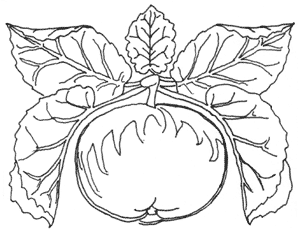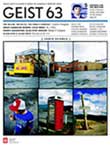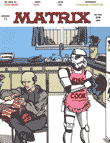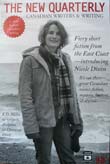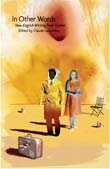
In 2006 my short story “Air Holes” was one of the three winners of the CBC/QWF Quebec Short Story Competition. The competition called for short stories under 1200 words, my favourite category. “Air Holes” weighs in at a wee 930 words or so. The story was broadcast on Cinq à Six CBC RadioOne July 2006.
In 2007 the competition changed its name and rules and regulations. Now now short fiction, travel writing and memoir all fall into one category, which seems like a cruel and unusual thing to do to short fiction. Oh well. Every three years Véhicule Press still publishes an anthology of winners and honourable mentions. “Air Holes” appears in the most recent of these anthologies, In Other Words: New English Writing from Québec, launched last weekend at the Blue Metropolis Literary Festival in Montreal. Here is the opening paragraph:
“The tide will go out at two today. The kids and I will go down to the beach. Between the tidemarks, beneath our feet, tight-lipped steamer clams will burrow sandy deep. But we’ll find them. Their air holes will give them away.”
J. R. Carpenter, “Air Holes”
. . . . .
